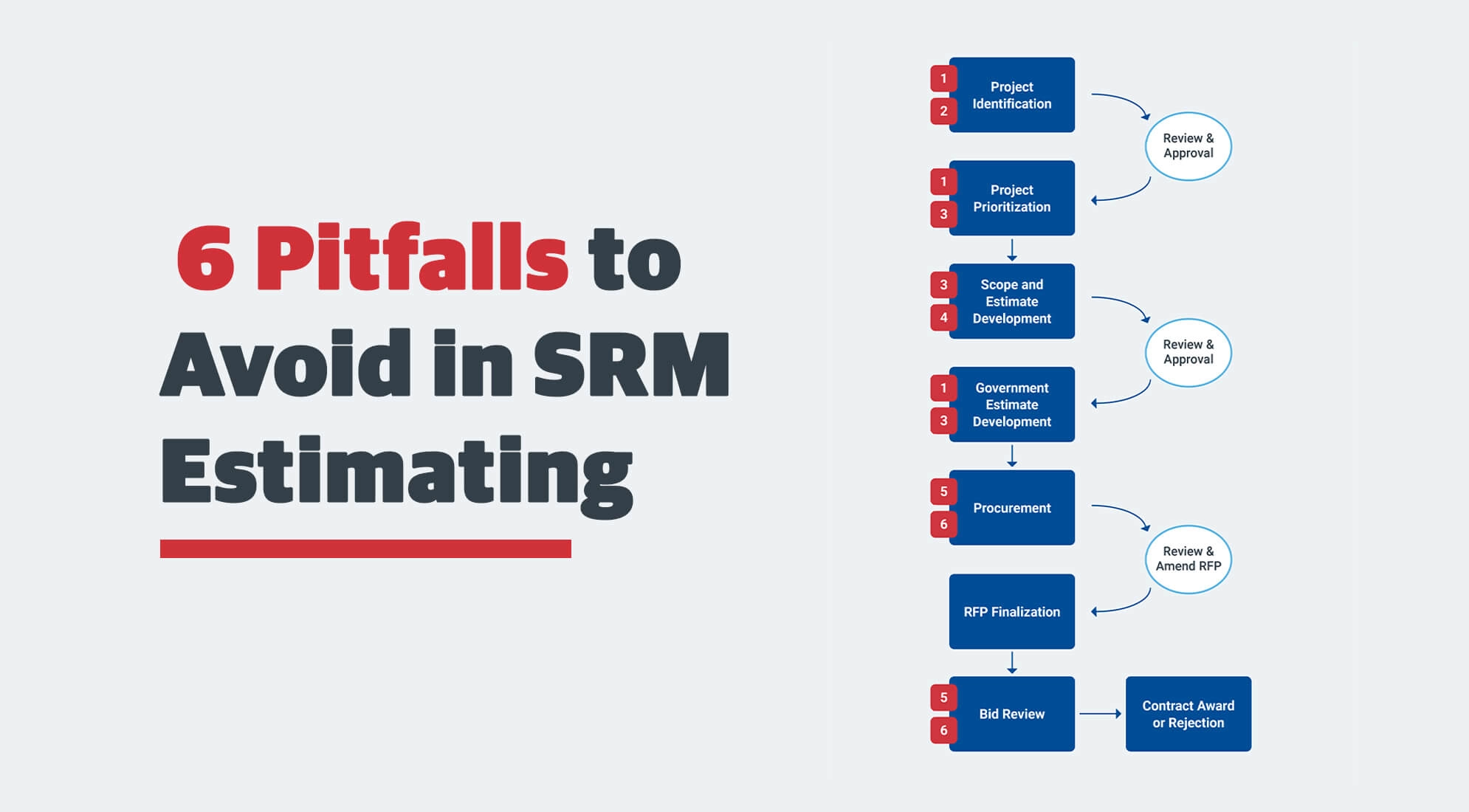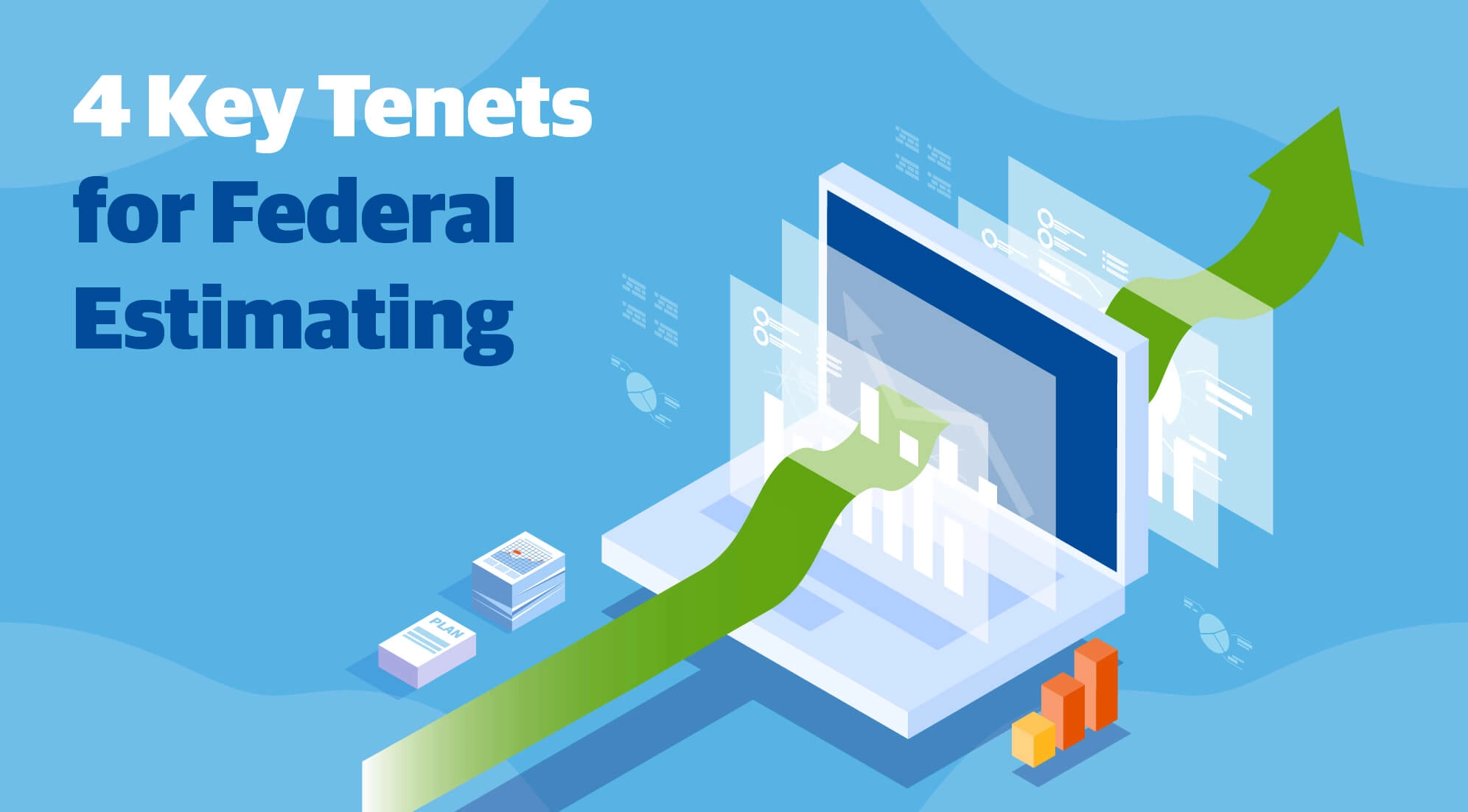Gordian’s Vice President of Federal Sales, Lisa Cooley, recently sat down with Dr. Timothy Persons, Chief Scientist and Managing Director at the Government Accountability Office, and Retired Brigadier General Joseph Schroedel, Executive Director at the Society of American Military Engineers, to discuss the problem of budget overruns in Federal construction projects and start a dialogue between government, non-profit and industry leaders. With decades of experience between the three of them, the conversation was full of insight and practical recommendations for how agencies can reduce the threat of Federal cost overruns and get “the best bang for the buck.”
You can now watch the webinar “Stemming the Rising Tide of Federal Cost Overruns” on-demand, and we encourage you to do so. In the meantime, here are five key talking points from their discussion.
1. Accurate Cost Estimates are a Matter of National Security
Federal agencies build, maintain and repair infrastructure that is essential to the well-being and protection of the public. Whether providing relief efforts in the wake of a natural disaster, updating a hospital in an urban community or building barracks for troops, the ability to respond quickly and construct efficiently are imperative.
“Take a look at our major threats around the world, [like] China building an island in 20 days. We can’t even get a contract written in 20 days, let alone get something built. So, I would tell you this is a national security issue.” – Ret. Brig. Gen. Joseph Schroedel
Interruptions in projects like these jeopardize the safety of American citizens, but accurate project estimates reduce the likelihood of interruptions occurring. If project budgets are set with reliable data, delays due to overruns can be avoided. Whereas, when budgets run out, the process for reprogramming additional funding can be notoriously slow. It’s best to only go through the budgeting process once.
2. The Best Results Will Come from Government and Industry Collaboration
The Federal government and private industry organizations have not always seen eye-to-eye, particularly when it comes to designing and managing construction projects. When a partnership between government and private organizations is reached, there is often a desire on both sides to shift the burden of risk to the opposite party.
Government agencies tend to focus on the procurement of the project. That is, they primarily measure the scope and success of a project through the lens of cost. Private industry groups, meanwhile, tend to focus on the project delivery, measuring success by completing the full scope of the project on the agreed timeline.
“We need to make every dollar count, and we need industry’s help, period.” – Ret. Brig. Gen. Joseph Schroedel
To make every dollar count, though, there needs to be greater risk sharing between both parties. When risk is shared and neither group feels disadvantaged or disincentivized, greater collaboration is possible. This, in turn, will allow Federal agencies to leverage the advanced technology and data tracking that the private industry is constantly developing, which can help reduce delays and budget overruns on the road to project completion.
3. Keeping Budgets on Track Requires Reducing Uncertainty
There’s a lot of uncertainty in construction. Weather can complicate on-site work. Material costs can change overnight. And, when it comes to Federal projects, processes for approving projects and apportioning funds can hit unexpected snags. None of these can be fully controlled, but having contingencies in place for uncertainties will increase the chances of budgets staying intact.
“You have to deal with uncertainty in many things: The price of lumber, the price of a gallon of gas and so on. But even from a Federal perspective, the budget process we all know is challenged or challenges things even when we want to save money.” – Dr. Timothy Persons
This is an area that Federal agencies could learn from private organizations. Industry advancements in data and technology have made it possible to use modeling to predict environmental factors and material price hikes to reduce uncertainty. Anticipating these shortfalls allows agencies the foresight to shift resources to accommodate them before they derail projects.
“Uncertainty… goes down to the issue of getting that data updating in real time and understanding what those uncertainties are and trying to minimize those to bring a greater certainty to project managers.” Dr. Timothy Persons
4. Design with the End in Mind
The uncertainties listed above pose threats to projects in either the procurement or construction phases of the building lifecycle. The long process between these two phases is where Federal cost overruns tend to occur. The first phase – the design phase – presents a greater opportunity for controlling costs: It’s the phase where the fewest outside factors are able to influence the trajectory of a project.
Knowing this, engineers should create their project designs from the end to the beginning. Starting with the end of the project in mind will help the design team plan for the unexpected.
5. The Current Human Capital Shortage Will Last
It’s no secret that America is experiencing a shortage of skilled construction workers. As older generations of workers have begun to retire, new ones are replacing them at a deficient rate. Unfortunately, this trend doesn’t seem likely to reverse any time soon.
“We have a skill shortage in the Architect, Engineer, Construction Industry and that is not going to go away anytime soon, no matter what we do. Even if we bring back shop class.” – Ret. Brig. Gen. Joseph Schroedel
Demographic changes predict this labor shortage will run for at least another two decades. Over that time, there will be a consistent struggle for the Federal government to secure labor from private construction projects. This places added pressure on the need to leverage technologies that can improve the efficiency of construction projects without requiring additional human capital.
The Right Industry Partner to Combat Federal Cost Overruns
As Federal agencies look to develop strong, long-standing partnerships with private industry organizations, it will be important for them to choose partners with track records of innovation and experience in Federal spaces. With over three decades of experience managing Federal construction projects and 70 years as the gold standard provider of reliable construction cost data, Gordian is an ideal partner for Federal construction projects. Our full suite of solutions specifically tailored to assist Federal agencies in construction estimating, construction procurement and facilities management empowers agencies to complete projects more efficiently while staying within budget.






